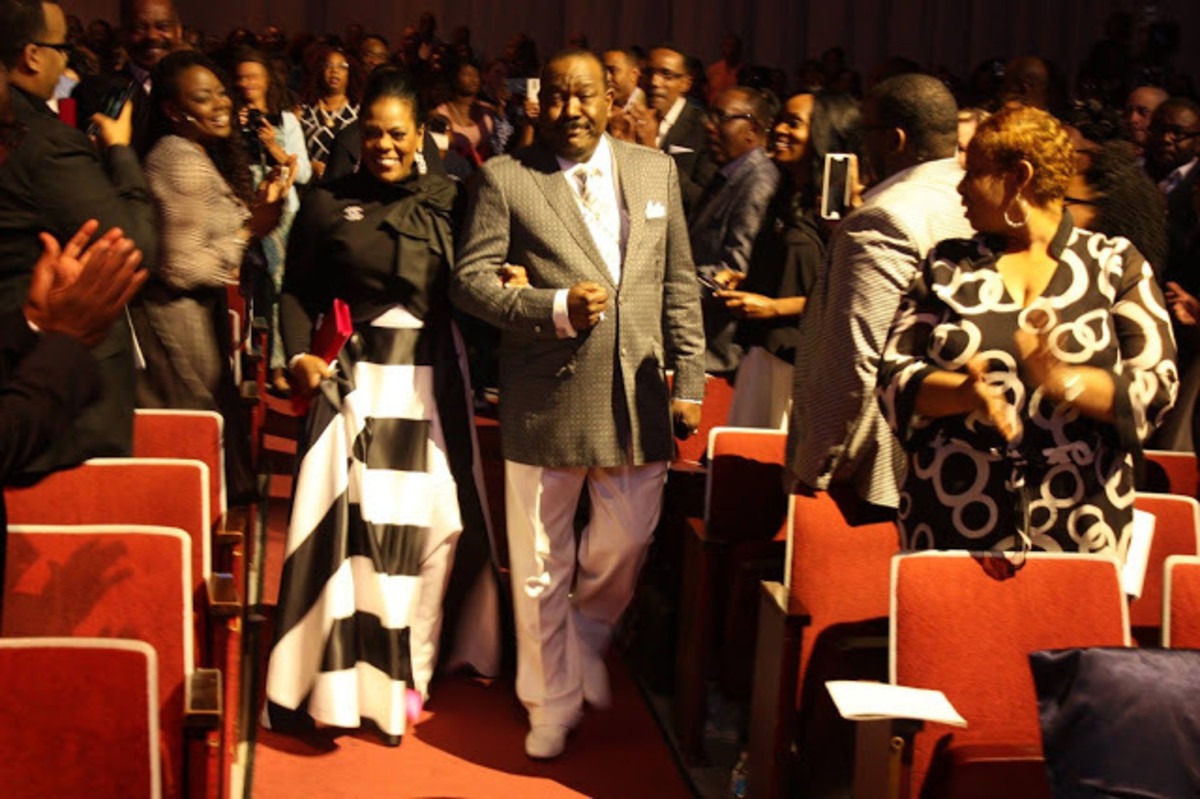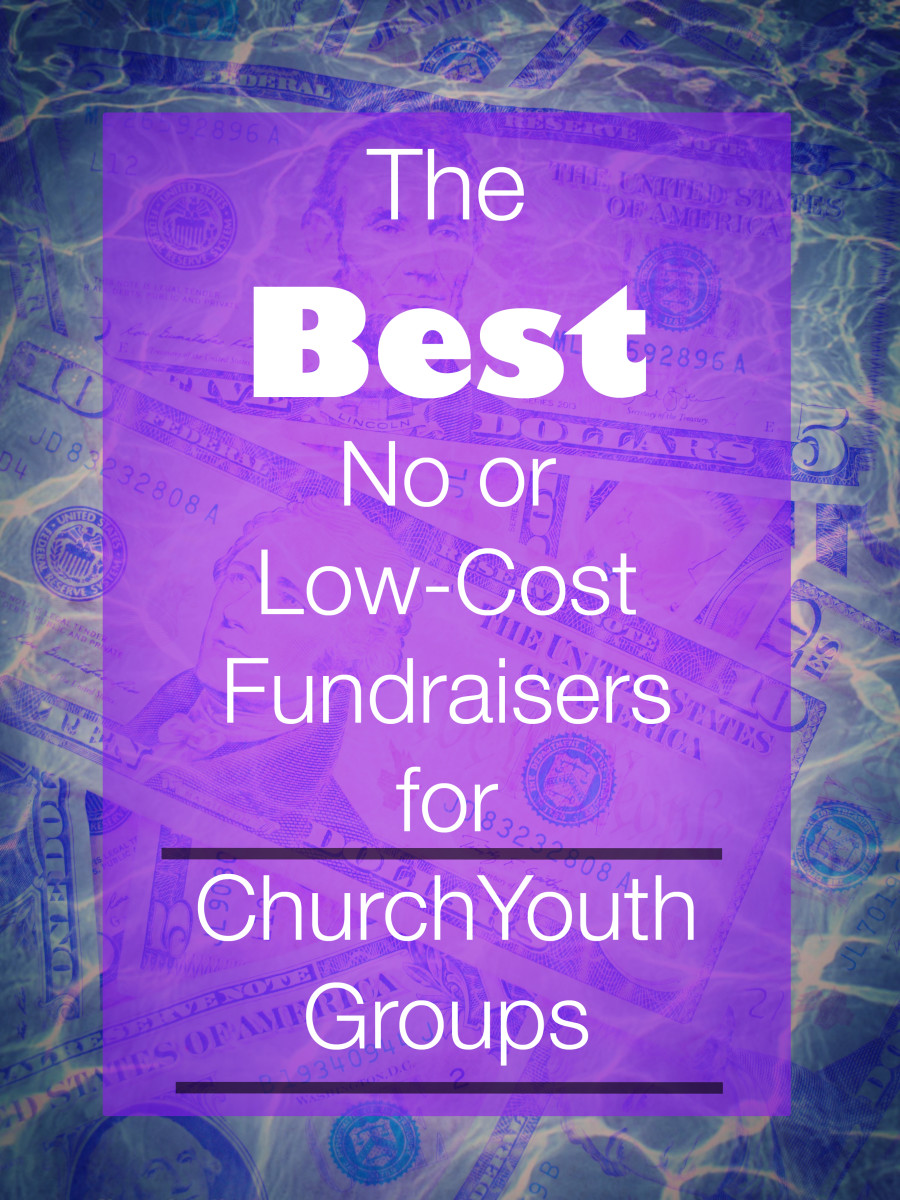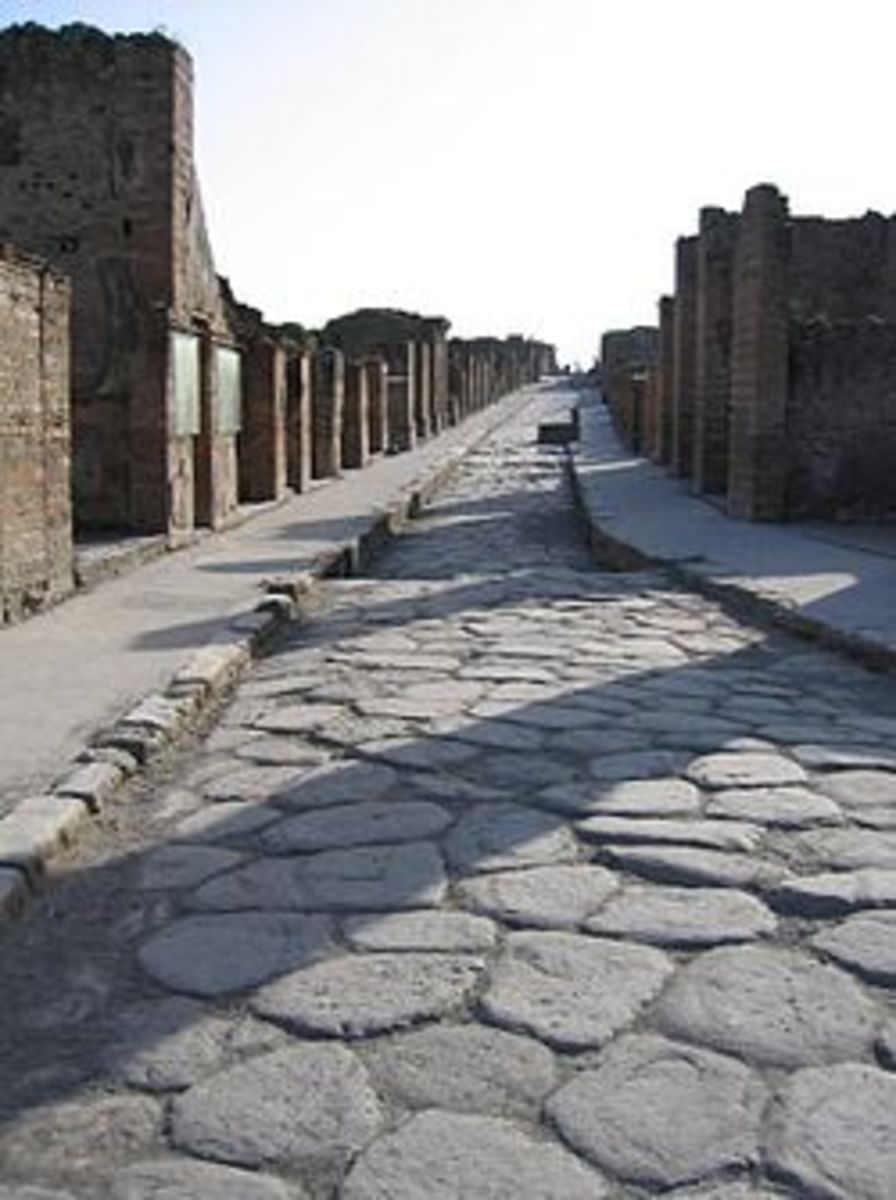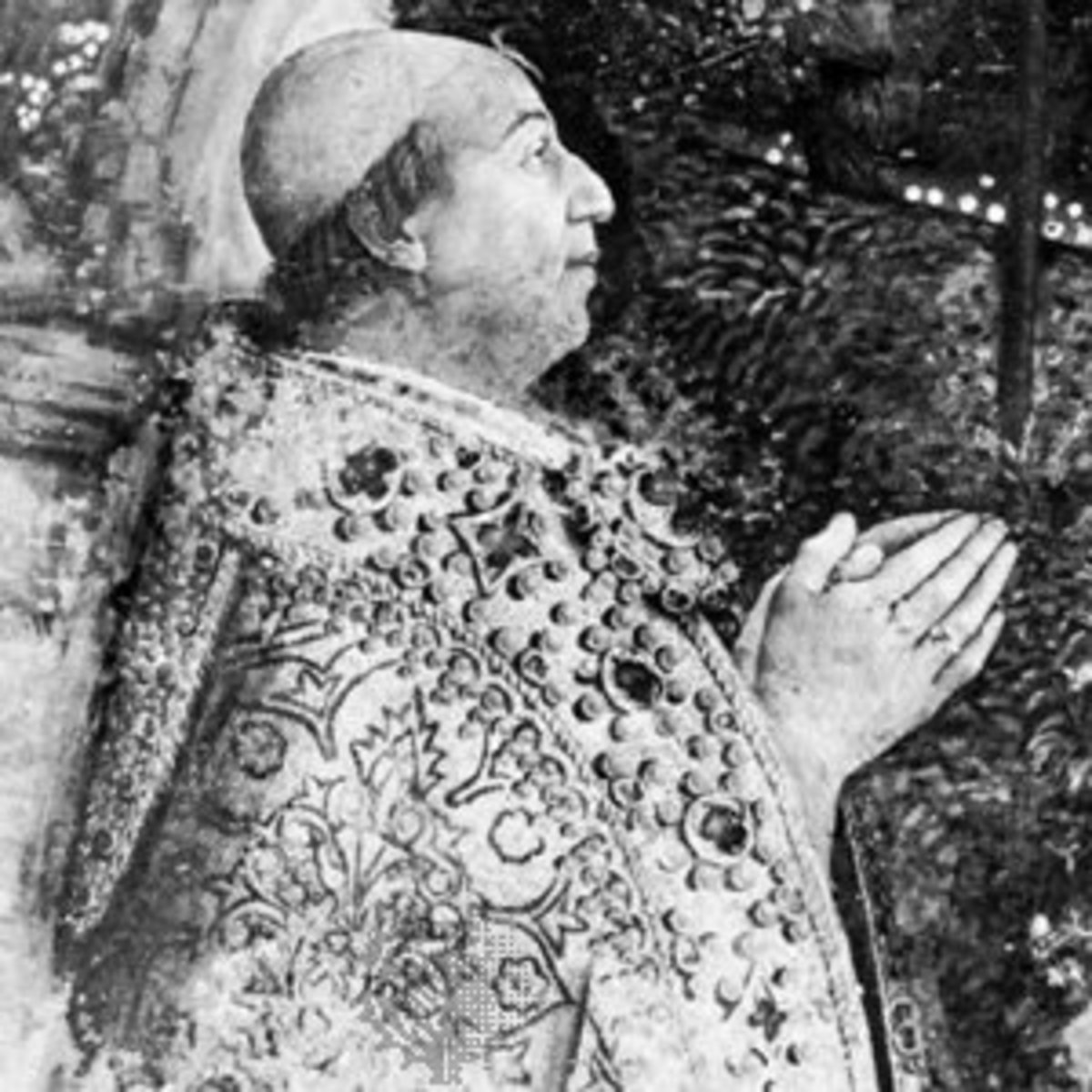10 Women Prophets with Dark Sides

Women have made considerable advances in traditionally male-dominated fields throughout history, one of them being modern religious prophecy. Just like their male counterparts, these women were charismatics for better or worse. If anything, some of these female prophets could have easily inspired Jim Jones – as well as be inspired by Jim Jones for their less-than-orthodox doctrines and prophecies. As Norman Mailer once said: “I find now that women have achieved some power and recognition they are quite the equal of men in every stupidity and vice and misjudgment that we've exercised through history.” One might ask the question: were all of these women delusional from mental illness or some other physical illness that caused them to behave the way they did?
10. Rhoda Wakeman
The bizarre and tragic case of Rhoda Wakeman involves religion, prophecy, paranoia, and ultimately murder. Rhoda was a resident of New Haven, Connecticut in the mid-nineteenth century claiming to be resurrected from an earlier murder committed by her husband, Rhoda believed she was the messenger of God with a mission to keep the Antichrist at bay. Unfortunately for Rhoda and her followers, called Wakemanites, they actually believed that demons inhabited their bodies, causing them to engage in all sorts of strange behaviors. This cult finally came to an end in December 1855 when one of the Wakemanites, a man named Justus Matthews, was stabbed to death by Samuel, Rhoda's half-brother, in an attempt to drive demons out of him. As if that was not enough, on New Year's day, January 1856, a new Wakeman member named Charles Sanford decapitated Ichabod Umberfield and Enoch Sperry. Sanford eventually died from smallpox while waiting to be hanged, but Rhoda and Samuel were committed to an asylum.
9. Margaret Peter
Margaret Peter was not too different from Rhoda Wakeman, although her story took place in Wildisbuch, Germany, in 1823 after the Easter holiday. Margaret was a self-styled prophet predisposed to delusions, and her followers consisted primarily of her family. Her preachings seemed to be acceptable until one day she told them that the Devil was residing in her bedroom. In order to get the Devil to leave, she claimed that a human sacrifice was required. Margaret's sister Elizabeth hit herself on the head with a mallet, with six other family members joining in to finish her off. Margaret claimed she would then resurrect Elizabeth, but when that failed to happen, Margaret informed her family that she herself must be crucified and three days later, would be resurrected. The whole incident took on a surreal nature: her family built a cross from the floorboards in the house and nailed Margaret to it, with a few additional nails being sent though her chest. Margaret failed to resurrect as she proclaimed. The German police took action and arrested the surviving members of the family cult, throwing them into jail on murder charges.
8. Joanna Southcott
Born in Devon, England, in 1750, Joanna Southcott eventually started her own sect, even though she was baptized as an Episcopalian. She immediately started securing the 144,000 believers as mentioned in the Book of Revelation as her own for a fee. By 1814 she announced to her congregation – the Southcottites – that she was going to give birth to the Messiah, named Shiloh. Joanna died shortly after, and when her body failed to resurrect itself as her followers believed, she was buried. Joanna was a prominent writer of religious texts, one being titled “A Dispute Between the Woman and the Powers of Darkness” (1802) where she supposedly conversed with one of Satan's minions. Of the 144,000 “tickets to heaven” that Joanna Southcott sold – one was to a woman named Mary Bateman who was accused of murdering a man and his wife by poisoning them. Unfortunately for Bateman, she was hanged, and as for the selling of these “tickets to heaven”, Southcott ceased gaining followers by promising them pie in the sky.
7. Clementine Barnabet
One of the most brutal religious cult murders in the United States can be claimed by Clementine Barnabet, a self-described preacher and prophetess from Lafayette, Louisiana. In 1912 Clementine, leader of a church called Church of the Sacrifice, confessed to murdering 17 people in the belief that by doing so she would gain great wealth and immortality. Clementine's choice of weapon was an ax, and when the bodies of the victims were found by the authorities, they were hacked up: heads separated from the torso, arms and legs cut off. At least nine of the victims were children. Church of the Sacrifice may seem like an appropriate name if it was not for the fact that this was a voodoo group instead of a Christian church. Clementine was eventually sent to prison after confessing to the murders. The clincher is the age of Clementine when she carried out this horrific murder in the name of religion: she was only 18 years old.
6. Silvia Meraz Moreno
The recent case of Silvia Meraz Moreno was as gruesome as that of the Wakemanite murders – she was high priestess and prophet of a Mexican cult known as Santa Muerte, which practiced human sacrifice in the name of the female saint of death. Between 2009 and 2012, three people were killed on the altar dedicated to Santa Muerte. One of the victims was Moreno's 10 year-old grandson. All three victims were killed with an ax, the last two, being children, were beheaded. He bodies of the victims eluded the police for some time, their burial being in a remote spot on the periphery of Nacozari, Mexico, where the cult was located. Moreno initially thought she could garner favors from Santa Muerte if she made a sacrifice to her, but all it got her was arrested and sent to prison for life. Santa Muerte is frequently associated with narcotics dealers.
5. Credonia Mwerinde
Sometimes it does not pay off to break away from the Roman Catholic Church and start your own sect. That is what Credonia Mwerinde, Joseph Kibweteere and Bee Tait did in Uganda back in the late 1980's. These three individuals called their church Movement for the Restoration of the Ten Commandments of God in hopes of establishing strict obedience to God though the Ten Commandments. In addition to this strict obedience, fasts were also demanded of church members - which numbered several thousand - which meant only two meals per week were allowed. The church's leaders proclaimed the world would end in 2000 and when it didn't, turmoil arose within the congregation. As a final motion on behalf of Mwerinde and eleven other members of the priesthood, the majority of congregation members were poisoned, bludgeoned to death, or burned to death in a handmade “ark” in 2000. A total of at least 3000 people were murdered. Mwerinde escaped from Uganda into Congo and remains on the international wanted list.
4. Altha Maclin
Not the type of preacher to bring messages of comfort and peace to her followers, it is believed that Altha Maclin actually drove one of her congregation's members to commit suicide. Maclin's church, New Covenant Faith Ministries in Brownsville, Tennessee, seems like an innocuous enough name but she invoked images of a vengeful deity when she would tell her congregation that the only reason they have not died, is because she did not tell God to kill them. Church member Ruth Thompson became little more than a robot when she took out an insurance policy in Maclin's name in addition to handing over practically all her earnings to the church in fear of having Maclin call upon God to kill her. The power of suggestion eventually worked in Maclin's favor, unfortunately, causing Thompson to get killed in a car accident in Chester County, Tennessee in 2011. Maclin never did collect on Thompson's 1.7 million dollar insurance policy, and mysteriously disappeared soon after the investigation into Thompson's death began.
3. Bertha Harris
Bertha Harris, along with her husband Robert, were leaders of a Detroit based cult that had more in common with human sacrifice than the name of the cult itself: Order of Islam. Meetings were held in a special room of the Harris house, complete with a sacrificial altar designed for a person to lay on. In 1932, James J. Smith became a victim upon this altar, arms stretched out, a dagger sent through his chest cavity, and his skull cracked with a car axle. Apparently Smith's faith in his cult was not strong enough, which cost him his life. Curiously enough, a similar murder took place in Detroit only four years before in 1929. That year another self-styled cult leader by the name of Benny Evangelista was found murdered, along with his wife and four children. The police originally thought there may have been a connection between the two murders, but Evangelista's murderer has never been identified nor caught. Edward Harris, the brother of Robert, called him demented, not being a shining example for the cult.
2. Reyna Chicas
Unlike other cult suicide pacts, the religious group headed by Reyna Chicas was luckier than most: in 2010, a suicide pact took place in California but was never carried out. What did happen to the apocalyptic breakaway Pentecostal group did result in a massive search by authorities in hopes of finding them alive. Chicas was born in El Salvador, and the majority of her followers were fellow Salvadoran immigrants. Five women and their children – a total of thirteen - gave Reyna all of their personal belongings and followed her through Antelope Valley in north Los Angeles down to a local park, making several stops along the way for prayer. Members of the cult left behind letters and wills, hoping to leave this world for a better existence in the afterlife. Authorities searched for the group, fearing they were all dead, but were luckily found alive. Reyna Chicas was ordered to undergo psychiatric evaluation, and the disbanded cult members reunited with their families.
1. Alma Bridwell White
On the surface, Alma Bridwell seemed to be a model female figure insofar as being the first woman bishop in an American church, the Methodist Pentecostal Church of Denver, Colorado back in 1901. It did not take long for the church to split off and rename itself Pillar of Fire Church, differentiating from traditional Pentecostalism. Alma was not just a preacher at her church and feminist, however; she became a staunch supporter of the Ku Klux Klan, anti-immigration for racial minorities, anti-Semitism, and anti-Roman Catholicism. She was also a staunch supporter of women's suffrage and the Equal Rights Amendment, but only for white women, not for racial minorities. She died at the age of 84 in 1946, after successfully expanding her particular brand of Pentecostalism to include 4000 members and 61 churches, in addition to seven church schools and ten religious publications.









